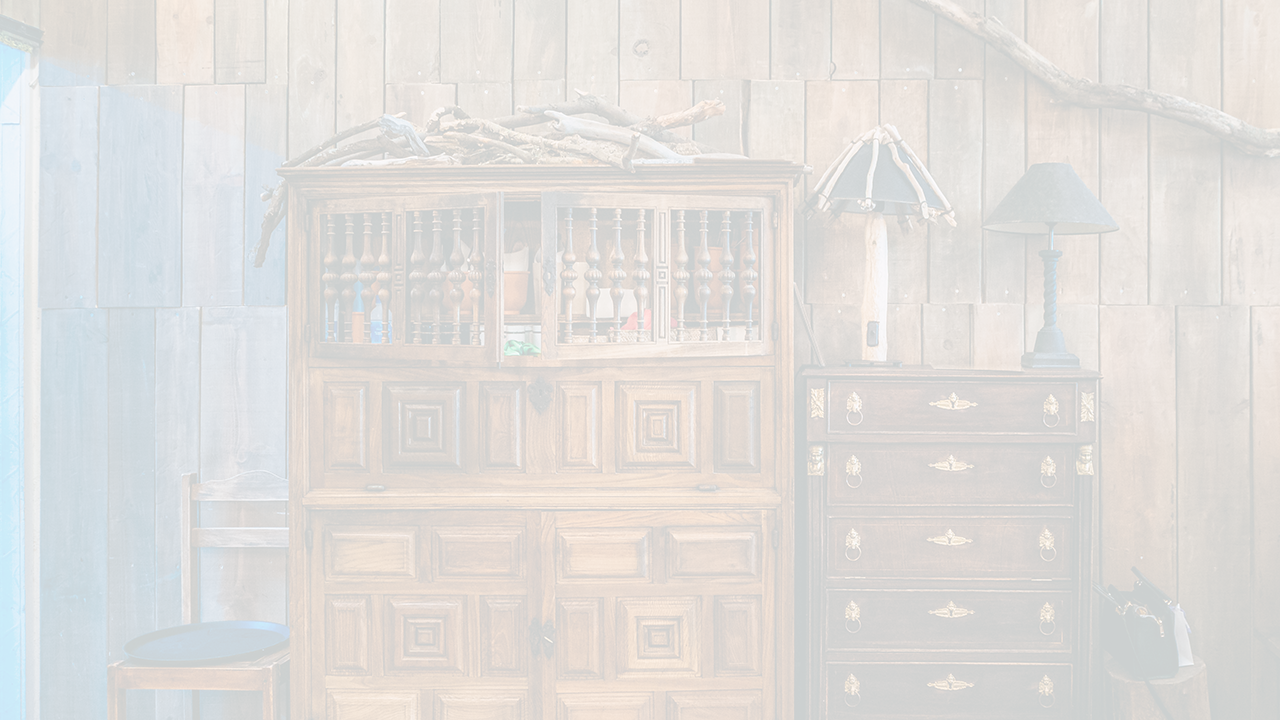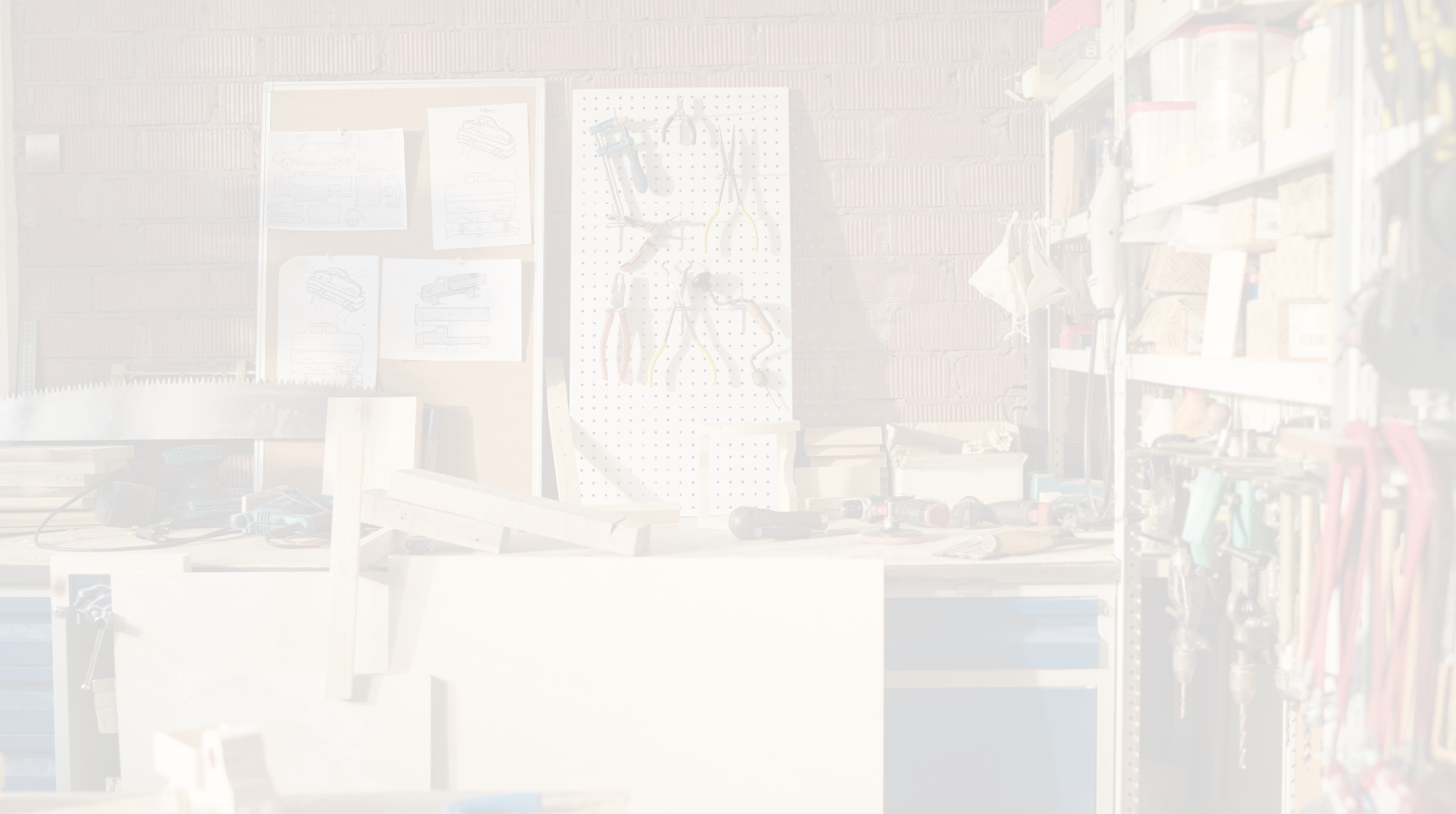If you've been with us for a while, you know we swear by French cleats, and for good reason. Few can rival the sturdy assurance of a pair of French cleat hangers, be it for large frames, floating shelves, heavy mirrors, or wall panels. Unlike other tools that have seen countless redesigns over the years, French cleats have remained essentially unchanged. Aside from incremental changes for smaller spaces, their fundamental design has stood the test of time. After all, why fix what’s already the best in the game?
French cleats are a timeless solution, whether you’re a seasoned builder and decorator or a complete newbie to DIY installations. Their strength and versatility make them an easy choice for professionals, DIY enthusiasts, and homeowners alike. But what exactly makes them so reliable?
Strap in for some picture-hanging history, and let’s look into how French cleats work and why they’ve remained a favorite for centuries.
What are French cleats, exactly?
Picture hanging cleats work on a brilliantly simple principle: two interlocking beveled pieces, one mounted to the wall, the other attached to the item being hung, to create a secure hold with evenly distributed weight. This makes them not only incredibly strong but also easy to install and adjust.
For a more in-depth look at the anatomy of the French cleat system, we recommend checking out this article as a technical supplement to this historical deep dive:
History of the French Cleat

Tracing the history of the French cleat is no simple task. Like many time-honored techniques, its origins stretch back centuries. The term “French cleat” itself is a relatively modern development, whereas cleats themselves have long been a staple of woodworking and naval architecture. Before the term took hold, these fastening methods were simply known as “cleats” or, in even earlier references, “battens.”
The word “batten” dates back to Late Medieval Middle English, derived from the Old French baton (meaning “stick” or “staff”). By the 16th century, battens were widely used in shipbuilding as thin wooden strips for reinforcing, joining, or securing structures. This led to the term “split batten,” an earlier name for what we now call a French cleat, emerging in the 18th or early 19th century in carpentry and cabinetry.
The Tennessee Historical Quarterly defines “cleat” as interchangeable with “batten”:
Cleat: Same as batten; a narrow board joined to each end of a wide, unframed board, such as a chest lid, desk fall-board, etc., to keep it from warping. Referred to as a batten end, also called a cleat or breadboard end.
The phrase “French cleat” itself appears to be a 20th-century addition, though the underlying technique was in use long before then. As with many traditional woodworking methods, its name and application have evolved over time.
Given its deep yet often undocumented history, the best way to understand the cleat’s legacy is by tracing its many names across the centuries.

The word cleat first appeared in English between the late 16th and early 17th centuries, primarily in a nautical context. Early references describe cleats as wooden or metal fixtures used to secure ropes and rigging, though their function extended beyond this.
David Steel, in The Elements and Practice of Naval Architecture (1805), provides an extensive discussion of cleats, particularly their structural role in shipbuilding. He defines them as follows:
“CLEATS - Pieces of wood, of various shapes, according to their uses, either to resist or support great weights. [Wale-cleat, Shore-cleat, Tapered-cleat.] Bolted under beams to support them where pillars are not used.”
Wooden cleats were crucial in reinforcing ship frames, ensuring they maintained their intended shape during construction and installation. Shipbuilders relied on cleats for several key functions:
Frame Support – Prevented warping or straining when hoisting ship frames.
Poppet Security – Reinforced the vertical supports holding the hull in place.
Launch Stability – Made launching shores easier to remove without damaging the ship.

Interestingly, Steel’s discussion does not explicitly mention using cleats for onboard cargo storage, which is a common theory you’ll find online. Historical documentation on when this practice began is scarce. However, given that cleats were already in widespread use for structural support by the late 16th and early 17th centuries, it is reasonable to assume that their adaptation for securing cargo and onboard storage emerged around the same time or shortly thereafter.
The cleat belongs to a long tradition of interlocking woodworking and fastening techniques, so while the exact origins of cleats remain unclear, their principles were fundamental to both historical woodworking and maritime construction.

Cleats, particularly in the form of split battens, became more widely used in interior woodworking and cabinetry during the 18th and 19th centuries. While their maritime applications remained essential, woodworkers and furniture makers began incorporating them into paneling, shelving, and modular storage systems.
By the mid-to-late 19th century, references to cleats in interior design publications, such as The Decorator and Furnisher (1882–1897), suggest that they were commonly used in furniture making, especially for securing shelving and display cases:


“For minerals and shells-is it not surprising that mineral cabinets are not to be found in the stock of furniture makers and dealers-he requires a strong case with one or two flat shelves at the bottom for heavy specimens, the remaining shelves slanting so as to face the front of the cabinet and fully expose their contents. Cleats may be nailed lengthwise along these shelves to prevent the minerals from slipping off, and a double or triple row may thus be placed on each shelf, according to width.“
In the passage above, the cleat usage aligns with the broader function of cleats in woodworking and cabinetry, where it acts as support or reinforcement to keep objects in place.
This shift in usage likely coincided with the growing emphasis on standardized and modular furniture construction, which allowed for easier assembly, reconfiguration, and wall-mounted storage solutions. The industrialization and urbanization of the 19th century played a major role in transforming interior spaces, particularly in factories and urban housing. As mass production techniques advanced, factories and mechanized woodworking enabled the production of prefabricated furniture components, including cleats and split battens, making them more accessible for cabinetry and wall-mounted storage.
Interiors became increasingly functional while incorporating modern innovations. Urban homes began featuring dedicated workspaces, while factories and offices prioritized efficiency and safety. This period marked the transition from artisanal to industrial craftsmanship in design.

Following World War II, the mid-20th century was marked by rapid urbanization, mass production, and large-scale industrial advancements driven by post-war rebuilding efforts and shifting architectural and design philosophies. The demand for efficient, mass-produced housing fueled a surge in modular and standardized designs. With a surplus of aluminum and steel that were originally produced for military use, manufacturers repurposed these materials for civilian applications, leading to innovations in lightweight and durable construction components.
As metal became a dominant material in both residential and commercial spaces, cleats evolved into a standard fixture in modern storage solutions. Companies like Herman Miller, Knoll, and Steelcase incorporated metal frames, brackets, and cleats into their furniture systems, enabling easy assembly and reconfiguration.
During this period, aluminum French cleats and other metal mounting systems emerged as practical alternatives to traditional wooden cleats. These metal cleats allowed for seamless installations without visible fasteners on the panel's surface.
Z-clips, the metal French cleat, gained popularity in the U.S. during the post-war housing boom, quickly becoming a go-to solution for mounting applications.

Today, modern Z-clips remain a simple, strong, and reliable way to mount flat objects on walls while maintaining a clean, professional appearance.
So far...
You made it! We hope this journey through history wasn’t too tricky to follow. Before we go through the last stop, here’s a quick infographic summarizing the evolution of cleats:

French Cleats Today
Today, French cleats come in various materials, with aluminum cleats becoming the go-to choice for mounting heavy décor. Wooden cleats remain popular for storage and organization, while aluminum options offer a sleek, secure solution for interior displays.
Picture Hang Solutions offers a wide range of French cleats, categorized by length, weight capacity, and standoff depths. If you're considering using a French cleat for your next hanging project, check out this handy guide to help you find the right fit from our collection:
Final Thoughts
French cleats have a long history, evolving from shipbuilding supports to essential mounting solutions in homes and commercial spaces. We hope this article gave you a better understanding of how these simple but effective hangers developed over time.
If you're interested in learning more about the evolution of hanging systems, check out our article on the evolution of other art-hanging methods to see how different methods shaped the way we display artwork today.





Leave a comment (all fields required)